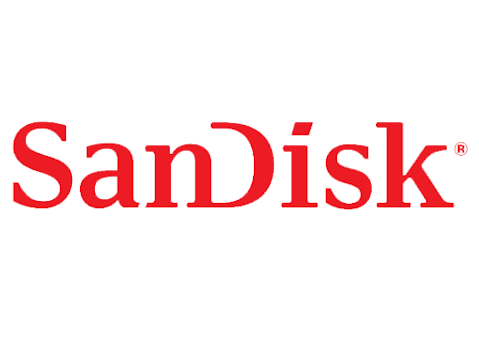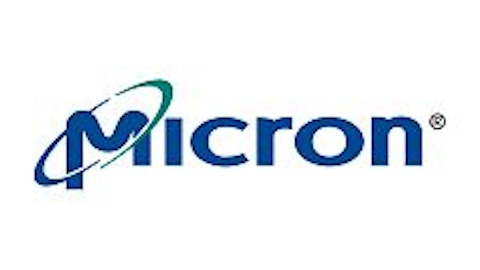This year’s Consumer Electronics Show (CES 2013) did more than just pump up the adrenaline levels of geeks. QUALCOMM, Inc. (NASDAQ:QCOM)’s latest Snapdragon 800 and NVIDIA Corporation (NASDAQ:NVDA)’s Tegra 4 chips are not only blazing fast, but have also unfolded growth prospects for the hard drive industry. These chips are capable of recording and rendering 4k content, which would naturally pump up the data storage requirements with their gradual adoption.
Good financials
A great way to play this impending memory boom is to initiate long positions in pure-play flash memory manufacturers like SanDisk Corporation (NASDAQ:SNDK). Besides the smartphone segment, SanDisk Corporation (NASDAQ:SNDK) also stands to benefit from the rapidly growing ultrabook and tablet industries. The company has over 4,400 registered patents and clearly dominates the NAND industry.
SanDisk Corporation (NASDAQ:SNDK) currently generates around 40% of its revenue from its high performance segment, which played a vital role in its recent growth. For the recent quarter, SanDisk Corporation (NASDAQ:SNDK) posted higher than estimated revenue of $1.34 billion, which rose 11.2% from last year. Furthermore, its quarterly EPS of $0.78 beat the estimated $0.70, and rose by an impressive 35.5% from last year. These blockbuster results were partly driven by the 20% growth in its high performance segment.
A growth driver…
Another growth driver has been the shortage in NAND supply, which has halted the decline in its prices. The prices of DRAM modules have already rebounded by around 180% over the last year, and analysts are expecting a modest decline in the prices of NAND modules.
According to a recent report by IDC, the rising demand for tablets, smartphones, and SSDs (Solid-State Drives) could cause a 45% surge in NAND modules in 2013. And the constrained supply of NAND modules could cause a squeeze, which could bring stability to plummeting prices. As a result, management of SanDisk Corporation (NASDAQ:SNDK) estimates a 37% increase in its Q2 operating profits.
One of the prime beneficiaries of this rally should be Samsung . It currently enjoys a 37% market share in NAND devices, but the Street is still pessimistic about its performance in the coming quarters. The company manufactures most of its NAND modules in a facility located 30 miles away from the Korean border.
With the rising tensions between North and South Korea, things are heating up fast. As a result, both North and South Korea are temporarily shutting down businesses located near the border. Naturally, if Samsung’s manufacturing facility gets shut down for even a month, its quarterly financials could take a nosedive.
…and a breakthrough!
Coming back to SanDisk, the company manufactures NAND drives under a joint venture with Toshiba, which jointly enjoy a 27% market share. As per the deal, SanDisk gets 49% of the total production while Toshiba gets the remaining share. Since both the companies book separate orders, this mutual sharing not only saves operating costs, but also reduces the factory downtimes.
According to their latest press release, Toshiba and SanDisk would be producing second generation NAND modules with a 19mm fabrication process. Although they currently manufacture 19mm NAND modules, the second generation modules reportedly deliver transfer speeds of up to 25MB/s (the fastest rate among 2 bits per cell modules).
The new design is 25% smaller, which allows significant cost reduction and could contribute to the rapidly falling prices of solid-state drives. This is indeed a breakthrough, as its low power design would enhance the battery life mobile devices including smartphones, tablets, and ultrabooks. Its production is expected to commence in June, following which SanDisk and Toshiba could witness a surge in demand.
Toshiba’s closest rival is Micron Technology, Inc. (NASDAQ:MU) with a 12.3% market share. The company manufactures NAND modules with a 19mm fabrication process, and Toshiba’s new technology should propel it ahead of its peers. Yet, shares of Micron Technology recently hit a 52-week high.




